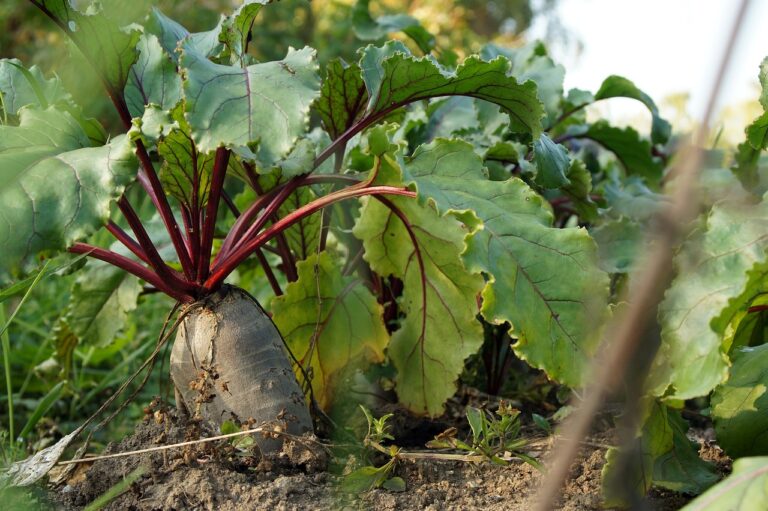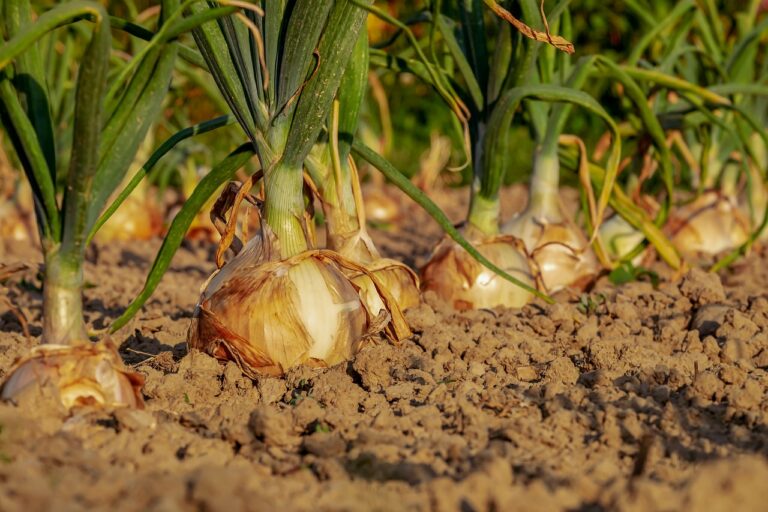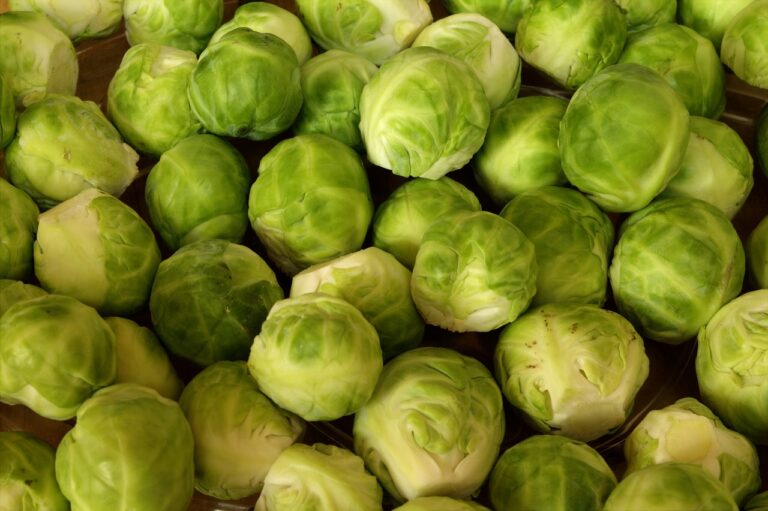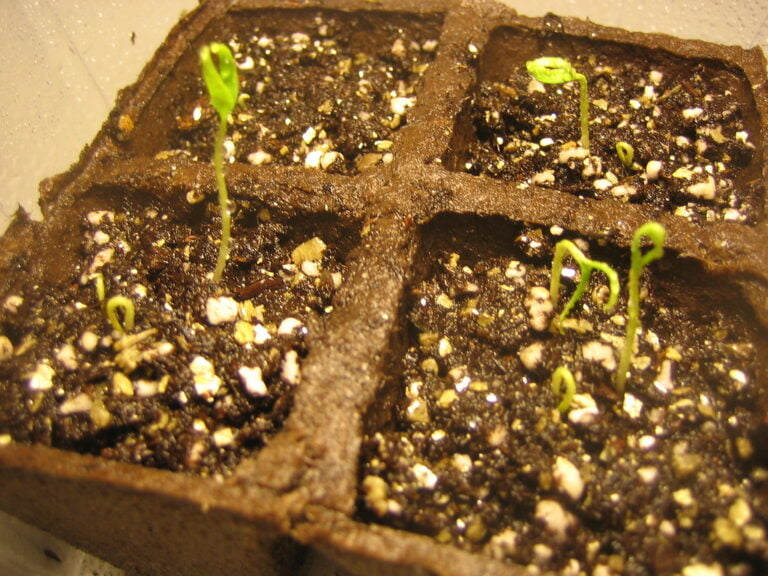Exploring Vegetable Garden Designs: Raised Beds, Traditional Rows, Companion Planting and Vertical Gardening
Are you looking to create a beautiful and productive vegetable garden? In this article, we'll explore different designs that will help you make the most of your space. Discover the advantages of raised beds, the benefits of companion planting, and the practicality of vertical gardening. We'll provide tips and considerations for each design, ensuring you have all the information you need to create a thriving garden that serves both your aesthetic and practical needs.
Advantages of Raised Beds
One advantage of raised beds in vegetable garden designs is the ability to control soil quality and drainage. Raised beds provide the opportunity to customize the soil composition, creating the ideal growing conditions for your plants. You can easily amend the soil with organic matter, such as compost or aged manure, to improve its nutrient content and structure. This helps promote healthy root development and overall plant growth. Additionally, raised beds allow for better drainage, preventing waterlogging and the risk of root rot. You can adjust the height of the beds to suit your needs, making it easier to work and reducing strain on your back and knees. Raised beds also offer better weed control and can be designed to fit any space, making them a versatile option for any garden.
Disadvantages of Traditional Rows
While raised beds offer numerous advantages, traditional rows in vegetable garden designs also come with their own set of disadvantages. One major disadvantage of traditional rows is that they often take up more space compared to raised beds. This means that you might not be able to maximize your yield in a small garden. Additionally, traditional rows can make weed control more challenging. Weeds tend to thrive between the rows, making it difficult to keep them under control and reducing the overall productivity of your garden. Another disadvantage is that traditional rows can require more water and nutrients since the soil is exposed to the elements. This can lead to increased water consumption and the need for more fertilizer. Overall, while traditional rows have their advantages, it's important to consider these disadvantages when planning your vegetable garden design.
Benefits of Companion Planting
What are the benefits of companion planting in your vegetable garden design? Successful companion planting offers numerous advantages for your garden. One of the key benefits is improved soil health. Certain plant combinations can help enhance soil fertility, encourage beneficial microorganisms, and reduce the risk of diseases and pests. For example, planting nitrogen-fixing plants like beans or peas alongside heavy feeders such as corn or tomatoes can provide the necessary nutrients for the latter ones. Additionally, companion planting can attract beneficial insects like ladybugs or bees, which help pollinate your crops and control harmful pests. It can also provide shade or support for taller plants, maximize space utilization, and enhance biodiversity in your garden. By incorporating companion planting techniques, you can create a harmonious and thriving vegetable garden that serves both you and the environment.
Tips for Vertical Gardening
If you want to maximize space and grow more vegetables in your garden, consider implementing vertical gardening techniques. Vertical gardening offers many benefits, including increased yields and the ability to grow a variety of plants in a small area. To get started with vertical gardening, you'll need to choose the right structure for your plants to grow on. Options include trellises, arbors, and vertical planters. Make sure to position your vertical garden in a location that receives adequate sunlight. You'll also need to select plants that are suitable for vertical growth, such as tomatoes, cucumbers, and beans. To ensure proper growth, provide support for your plants as they grow upwards. Regularly check for pests and diseases, and provide appropriate care and maintenance. With these vertical gardening tips, you can enjoy a bountiful harvest from your small garden space.
Key Considerations for Raised Bed Design
When designing raised beds for your vegetable garden, prioritize proper drainage to ensure healthy plant growth. Start by selecting a suitable location that receives at least six hours of sunlight per day. Next, prepare the soil by removing any weeds or grass and loosening it with a garden fork or tiller. You can also amend the soil with compost or organic matter to improve its fertility and drainage. Crop rotation is another key consideration for raised bed design. By rotating your crops each year, you can prevent the buildup of pests and diseases in the soil, ensuring the long-term health and productivity of your garden. Remember to plan your raised beds accordingly, allowing enough space between each bed for easy access and maintenance. By following these key considerations, you can create a successful and productive raised bed vegetable garden.
Maximizing Space With Traditional Rows
To maximize space in your vegetable garden, continue the discussion from raised bed design by incorporating traditional rows for planting your crops. Traditional rows are a classic and efficient way to optimize planting in your garden. By organizing your plants in neat, straight rows, you can make the most of the available space and maximize efficiency. Traditional rows allow for easy access and maintenance, making it convenient to tend to your plants and harvest your vegetables. You can create multiple rows, leaving enough space between them for walking and working. Additionally, you can use techniques such as intercropping and succession planting to further maximize your garden space. With traditional rows, you can make the most of your vegetable garden and enjoy a bountiful harvest.
Successful Pairings for Companion Planting
For successful companion planting in your vegetable garden, consider pairing compatible plants to optimize growth and productivity. One benefit of companion planting is the ability to rotate crops, which helps prevent the buildup of pests and diseases in the soil. By planting different crops together, you can disrupt the life cycles of common pests, such as aphids, caterpillars, and beetles. For example, planting marigolds alongside tomatoes can help deter nematodes, while planting basil near tomatoes can repel tomato hornworms. Another effective pairing is planting onions with carrots, as the strong aroma of onions can deter carrot flies. Additionally, interplanting herbs like parsley and dill with your vegetables can attract beneficial insects that prey on pest insects. By strategically selecting plant combinations, you can create a harmonious and pest-resistant garden.
Choosing the Right Trellis for Vertical Gardening
To choose the right trellis for vertical gardening in your vegetable garden, consider the specific needs of your plants and the available space. Trellises are essential for vertical gardening as they provide support for climbing plants, maximize space utilization, and make plant maintenance easier. There are various trellis options to choose from, depending on your plants and gardening preferences. One popular option is the teepee trellis, which consists of several poles tied together at the top, creating a pyramid shape. This trellis is ideal for lightweight plants like beans and peas. Another option is the A-frame trellis, which is perfect for heavier plants like cucumbers and melons. For a more decorative touch, you can opt for an arched trellis, which adds visual interest to your garden while supporting climbing plants. Whatever trellis option you choose, make sure it is sturdy and securely anchored to the ground to withstand the weight of the plants. By selecting the right trellis and implementing vertical gardening techniques, you can create a thriving vegetable garden that maximizes space and yields abundant harvests.
Raised Bed Maintenance and Care
Maintain and care for your raised bed garden by following these essential tips. Proper watering is crucial for the health and productivity of your plants. It is best to water deeply and infrequently to encourage deep root growth. Avoid overhead watering, as it can lead to disease and fungal issues. Instead, use a drip irrigation system or water directly at the base of the plants. Regularly check the moisture level of the soil by sticking your finger into the soil about an inch deep. If it feels dry, it's time to water. Another important aspect of raised bed maintenance is pest control. Inspect your plants regularly for signs of pests and take action immediately if you spot any. Use organic pest control methods such as companion planting, beneficial insects, and organic sprays to keep pests at bay. By following these tips, you can ensure the long-term success of your raised bed garden.
Enhancing Soil Health in Traditional Rows
How can you improve the soil health in traditional rows to maximize your vegetable garden's productivity? Enhancing the soil health in traditional rows is crucial for improving plant yields and ensuring a bountiful harvest. One effective way to achieve this is by using organic fertilizers. Organic fertilizers, such as compost, manure, and bone meal, provide essential nutrients to the soil, promoting healthy plant growth. Incorporating these fertilizers into the traditional rows before planting and throughout the growing season can replenish the soil's nutrient levels and improve its overall fertility. Additionally, organic fertilizers help retain moisture in the soil, preventing water runoff and reducing the need for frequent watering. By nourishing the soil with organic fertilizers, you can create an optimal growing environment for your vegetables and maximize their productivity.
Frequently Asked Questions
How Do I Choose the Right Vegetables for Companion Planting?
To choose the right vegetables for companion planting, consider their compatibility and benefits. Companion planting benefits include pest control and improved growth. Research which vegetables work well together and create a harmonious garden.
What Are Some Common Mistakes to Avoid When Designing a Raised Bed Garden?
When designing a raised bed garden, it's important to avoid common mistakes like improper spacing and poor drainage. To maximize productivity, consider the needs of your plants and provide them with optimal conditions.
Can Traditional Rows Be Used in Small Spaces or Urban Gardens?
Traditional rows can be a great option for small spaces or urban gardens. They allow for efficient use of space and easy maintenance. By organizing your plants in rows, you can maximize your yield and create a visually appealing garden.
What Are Some Alternative Trellis Options for Vertical Gardening?
Looking for alternative trellis options for your vertical garden? There are various materials you can use, such as bamboo, wire mesh, or even repurposed ladders. These techniques will help support your climbing plants and maximize space.
How Often Should I Amend the Soil in My Raised Bed Garden?
To maintain soil fertility in your raised bed garden, amend it at least once a year. Adding compost or organic matter will replenish nutrients and improve soil structure, providing a healthy environment for your plants to thrive.
Conclusion
So, whether you choose raised beds, traditional rows, companion planting, or vertical gardening, there are numerous options to explore for your vegetable garden design. Each method comes with its own advantages and disadvantages, but with careful consideration and proper maintenance, you can create a thriving and productive garden. Remember to choose the right trellis for vertical gardening and enhance soil health in traditional rows. Happy gardening!






